Kurt:
FYI: Sergal issued cannons from the discontinued bronze examples
More useful information to help calculate gun barrel size. The guns are described by weight. When you combine that information with other sources describing the shape of a particular gun, you can guess as to its length and buy model cannon barrels that are close to matching. Save this for your notes. I forgot where I found this on the internet:
Sovereign Armaments
When she was first fitted out, the guns of the Sovereign of the Seas were supplied by John Browne, the son of a gunfounding family. His father, Thomas Browne, was the Founder of Iron Ordnance to Elizabeth I and James I. Although not apprenticed in iron making, John took over his father’s patents in 1615 when he was appointed one of the King’s Founder of Iron Ordnance afloat and ashore with a wage of eight pence – 7½p, worth £7.20 today – a day. With ironworks in Brenchley and Horsmonden in Kent, he was aided by a decree in 1619 that confined gunfounding to Kent and Sussex, where he also had interests.
In the 1620s, Browne developed a new cannon known as the drake. Weighing a third less than earlier cannon firing the same weight of shot, these allowed ships to be more heavily armed. Originally a Dutch design, the drake had a shorter barrel that conventional cannon with a bore that was wider at the muzzle than at the back of the chamber. It used only two-thirds of the powder of its conventional counterpart and was easier to handle when firing repeatedly. While the velocity and range suffered, at close quarters it was more devastating than a conventional piece.
Browne received a reward of £200 – £19,000 today – for the introduction of the dake. But in 1635 he had to pay Charles I £12,000 – over £1 million today – for a patent allowing him to make, sell and transport ordinance and shot. Browne was selling guns to the Dutch and Spanish, as well as the crown, and Charles effectively became a partner in his export business. This was tightly regulated. All ordnance could only be landed at, or shipped from, the wharf at the Tower of London. Proving was done in Ratcliff Fields, Stepney, and all sales took place in East Smithfield. Guns also had to carry at least two letters of the founder’s name, the year of manufacture and the weight of the piece.
His arrangement with the king also brought Browne honours. He was granted a coat of arms that consisted of “Gules a passant and a Chief Or” – “Gules” is red, the “Chief” is the top third of the shield and it was “Or” or gold. A Griffin is half-lion, half-eagle and “passant” means that walking, with its face in profile.
His crest was even more elaborate: “Upon a Helm with a Wreath Or and Gules. A Falcon wings inverted and addorsed proper armed legged and belled Or preying upon a Mallard’s Wing Proper, Mantled Gules doubled Argent.”
In 1637, Browne paid out another £1,000 to adapt his foundry to cast the guns for the Sovereign of the Seas. Though the iron works is long gone, the Furnace Pond came still be seen outside the village of Horsmonden. The works were well sited. The River Medway was handy to transport the guns and the area was rich in timber for fuel. However, in 1637, the nearby village of Cranbrook made a complaint that John Browne had purloined most of their woodlands to the detriment of their craft of weaving. But Browne position was unassailable and he was appointed the King’s Gunfounder in 1640.
Browne made the guns for the Sovereign of the Seas by the lost-wax process. He made a full-size model of the piece in wood, including all the decoration and annotation – and the trunnions on either side that rested on the gun carriage. These were placed slightly behind the centre of gravity so that the gun would naturally elevate.
The wooden model was then used to made a mould, which was used to cast a wax replica. This is then smeared with lard or grease and seared with a clay paste mixed with hair, flax and horse droppings. When turned over a fire, the clay harden, while the wax drained away. The shell was then strengthened by iron rods and thickened with the addition of more clay.
A core was made by a similar clay mixture smeared over an iron spindle bound with rope. The outer surface was then smoothed, dried and burnished to the diameter given by a template. The shell was placed in a pit with the muzzle end upwards and the core was inserted. Then molten metal was poured in. Once it had solidified and cooled, the mould was broken and removed. The outside was smoothed with a chisel on a lathe, the inside reamed, and the powder hole or vent drilled.
The guns were seated in a carriage. The sides were usually made of elm which was resistant to splintering if struck by flying debris. The cross beams were oak. Because of the narrowing diameter of the gun, the sides – or cheeks – of the gun carriage sloped towards each other at the fore end. The carriage was strengthened with iron straps. The small carriage wheels were also elm and mounted on an iron axle.
The Sovereign of the Seas had 118 gun ports and only 102 guns. The shape of the bow meant that the foremost gun ports on the lower gun deck were blocked by the anchor cable. Consequently, the fore chase – the guns facing forward – occupied the next ports. There were two demi-cannon drakes – one port, one starboard – some 11.5 feet long (3.5m), weighing together five tons (4,536kg). They had a bore of 6.4 to 6.75 inches (16.2–17.1cm) and fired a shot weighing 32 to 36 pounds (14.5–16.3kg), using around ten pounds of gunpowder.
In the third ports from the bow, there were two 11-foot (3.4m) demi-cannon drakes weighing, together, 4.3 tons (3,901kg). Behind them were twenty VII drakes, nine feet long, and weighing in all 45.7 tons (41,458kg). In the third port from the stern were two more 11-foot (3.4m) demi-cannon drakes weighing, together, 4.3 tons (3.901kg). The last two ports on either side were occupied by the stern chase – four 10.5-foot (3.2m) demi-cannon drakes weighing a total of 11.4 tons (10,342kg).
The middle gun deck had heavy fortified culverins – that is, guns short for their bore – fore and aft. There were two 11.5-foot (3.5m) pieces, weighing 4.8 tons (4,354kg), in the fore chase; four 11.5-foot (3.5m) pieces, weighing 10.2 tons (9,253kg), in the stern chase. Immediately behind the fore chase were two demi-culverin drakes, eight to nine foot (2.4–2.7m) long, weighing some 1.9 tons (1,724kg). Then came twenty-two 9.5-foot (2.9m) culverin drakes weighing a total of 30.4 tons (27,578kg).
On the upper gun deck there were two 10-foot (3m) fortified demi-culverins in the fore chase and two in the stern chase, both pairs weighing 2.8 tons (2,540kg). Between them there were twenty-two demi-culverin drakes, eight to nine feet (2.4–2.7m) long, weighing over 21 tons (19,000kg) in total.
There were eight-to-nine-foot (2.4–2.7m) demi-culverin drakes weighing 7.7 tons (6,985kg) in the forecastle; another six weighing 5.7 tons (5,170kg) on the half-deck. The quarter-deck carried two six-foot demi-culverin drake cutts – a cutt, again, being a shorter version of a gun – weighing 16 hundredweight (726kg). Then there were another two six-foot culverin cutts, weighing 1.3 tons (1,179kg), aft of the forecastle bulkhead. In all, the Sovereign of the Seas carried 155.9 tons (141,430kg) of guns – and that did not include the weight of the gun carriages. Altogether they cost £26,441 13s 6d – or £2,268,695.72 in today’s money – including £3 (£257.50) per piece to have the Tudor rose, a crown and the motto: “Carolvs Edgari sceptrvm aqvarum” – “Charles has established Edgar’s sceptre of the waters” – engraved on them. The gun carriages, made by Matthew Banks, Master Carpenter for the Office of Ordinance, cost another £558 11s 8d – £47,926.45 today.
The shot was made from cast iron or lead cast around a stone core – five parts lead to one part stone. This ratio made the lead-and-stone shot roughly the same weight as a cast-iron cannon ball of the same diameter.
The shot was made slightly smaller than the diameter of the barrel. This difference is known as the windage. During the sixteenth century the windage was kept at a constant 0.25 inches (0.635cm). But in the seventeenth century the bore divided by the diameter of the shot was fixed at 20:21 for English pieces or 27/26 for French pieces.
The gunpowder, or black powder, used as a propellant was a mixture of charcoal, sulphur and saltpetre – that is, potassium nitrate. It was manufactured under licence at Ospringe, near Faversham in Kent. The charcoal was produced locally, while the sulphur came from Sicily and Italy, and the saltpetre from Italy and India. The mills were on a tidal creek, making it easy to bring in the imported ingredient. Running water in the creek also supplied the power to grind the powder. Then it could be transported by boat to London, the arsenals along the Medway and the Channel ports.
Saltpetre was also produced locally from bird droppings. In 1634, Francis Vincent of Canterbury was appointed official “saltpetre man” for Kent, Sussex and Surrey, required to produce six hundredweights (272kg) a week. His main source was dovecotes in Kent. The soil from the floor was mixed with water and filtered through clean sand. Pure saltpetre was then crystallized out of the solution.
Gunpowder was made in Ospringe from 1560 to 1925. The mills there were owned by Thomas Judd who produced two tons of gunpowder a week in 1653. More was made in Chilworth in Surrey from 1635 to 1920.
While the powder was being milled using a large metal mortar and pestles, it was dampened by fresh water, vinegar or brandy to reduce the chance of spontaneous combustion. Finely milled gunpowder was called serpentine and used in the vent to ignite the main charge, or in small arms. The rest of the gunpowder was corned – dampened with water it was pressed through thick parchment with small holes in it to produce grains of a uniform size. These would not be compressed when tamped in the barrel. If the powder was too tightly packed, it excluded the air and, without oxygen, the gunpowder would not ignite. Corned gunpowder produced greater power, resulting in a higher muzzle velocity and greater range.
The powder was supplied in wooden barrels with copper, rather than iron, bands. This reduced the chances of producing a spark. Vinegar or brandy was also added to powder to prevent the powder deteriorating if seawater soaked into the wood.
The Sovereign of the Seas carried 330 kegs of powder, along with 2,850 round shot, 720 double-headed shot, 300 muskets, twenty blunderbusses, 200 pikes and 100 hatchets.
It is not entirely clear what happened to the cannon after the Sovereign of the Seas was destroyed. One demi-culverin drake sat at the northwest corner of Horseguards Parade in London for many years. In 1917, it was in store at the Rotunda, Woolwich, then it was moved to Chatham Dockyard. Since 2000 it has been on display at the Royal Artillery Museum in Woolwich. Engraved on it is: “JOHN BROWNE MADE THIS PEECE ANO, 1638” – along with the rose, crown and motto.
In the Royal Armouries in Leeds, there is a four-pounder with the Tudor rose and the letters C.R. – Carolus Rex – inscribed on it, along with the words: “CAST IN THE PRESENCE OF HIS MAJ OCTO THE FIFTH 1638, MOVNTIOY EARLE OF NEWPORT M GENERALL OF THE ORDNANCE. JOHN BROWNE MADE THIS PEECE.” Thought to be one of the Sovereign of the Seas’ original guns, it also saw service at the dockyards in Deptford in the Dutch attack of 1667.
The Royal Armouries has another piece with similar markings which was exhibited at the Royal Naval Exhibition in Chelsea in 1891. Until 1930 it was at the Rotunda Museum in Woolwich before being transferred to the Royal Armouries. However, neither of these two guns is thought to have been part of the Sovereign of the Seas’ main armament. Rather they may have been signal guns.




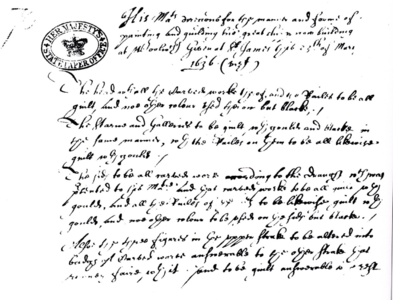
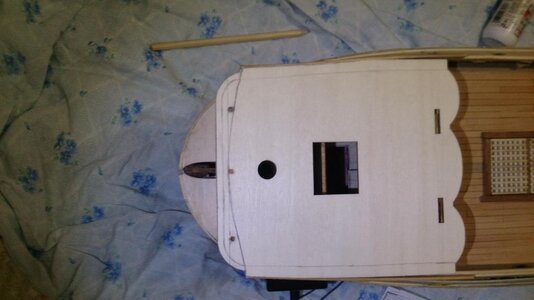
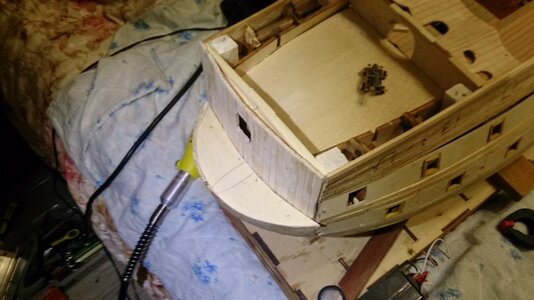



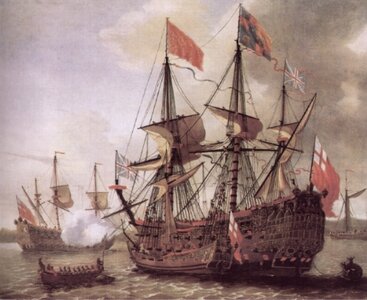
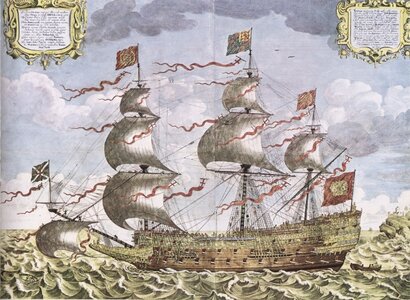
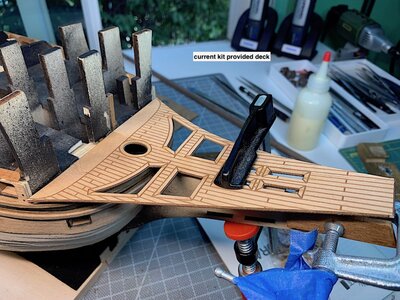
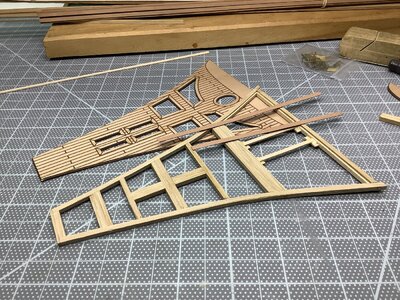
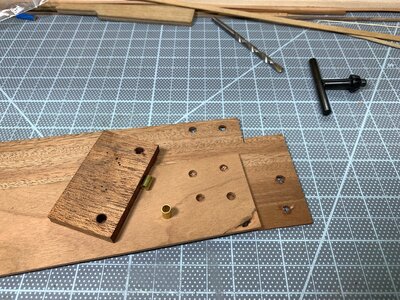
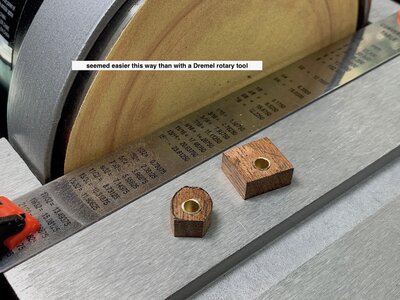
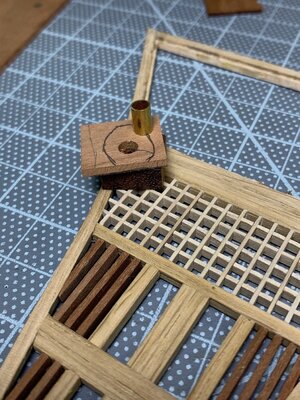
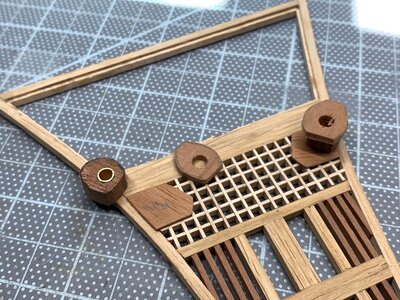
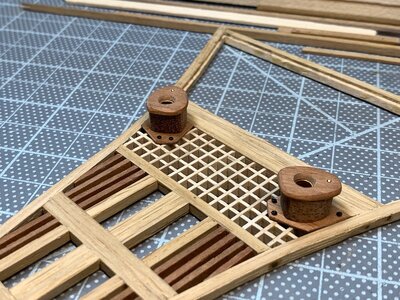
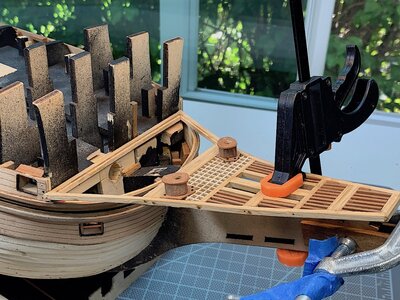
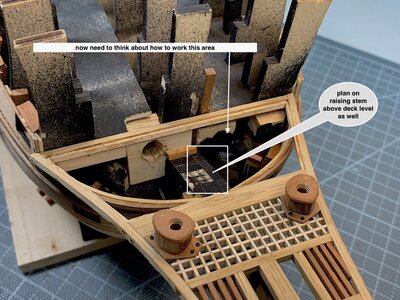
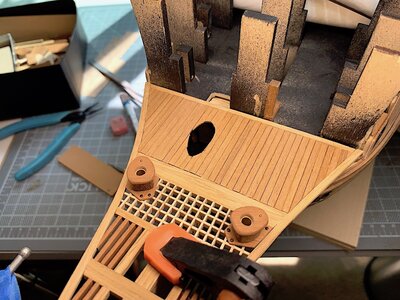
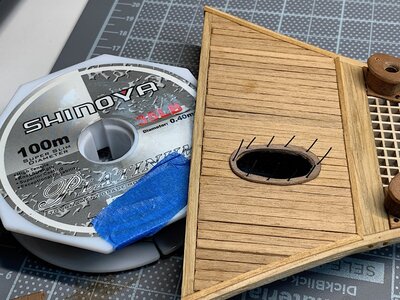
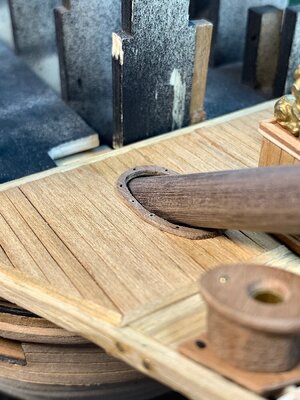
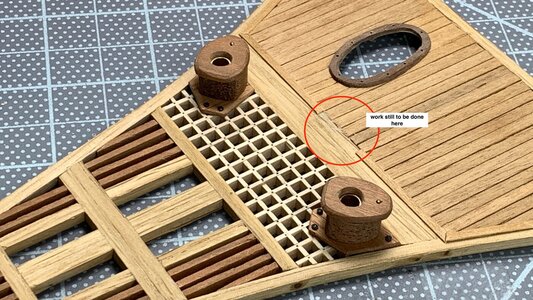
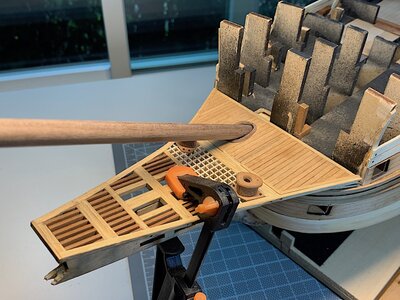
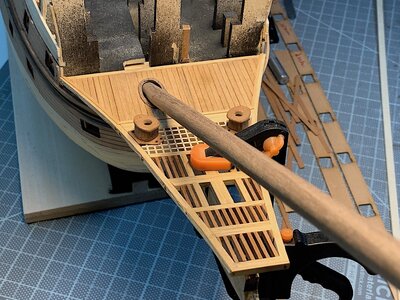
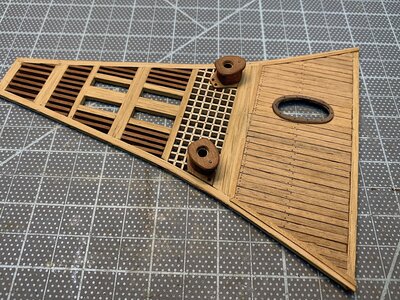

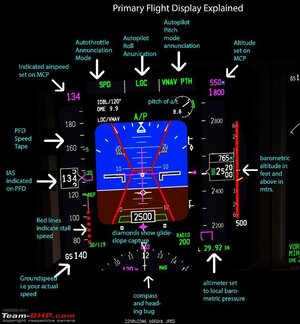
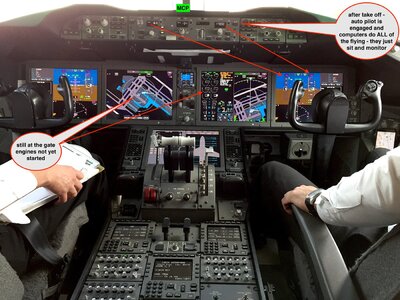
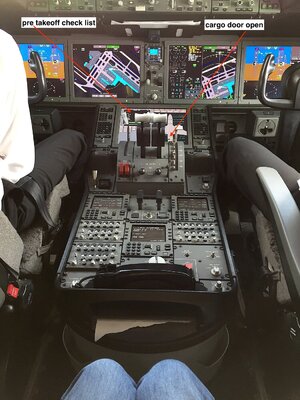
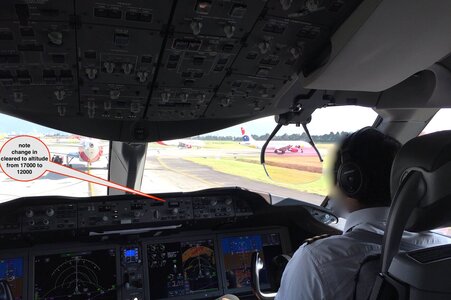
 , I’ll try not to ask any more off topic questions.
, I’ll try not to ask any more off topic questions.